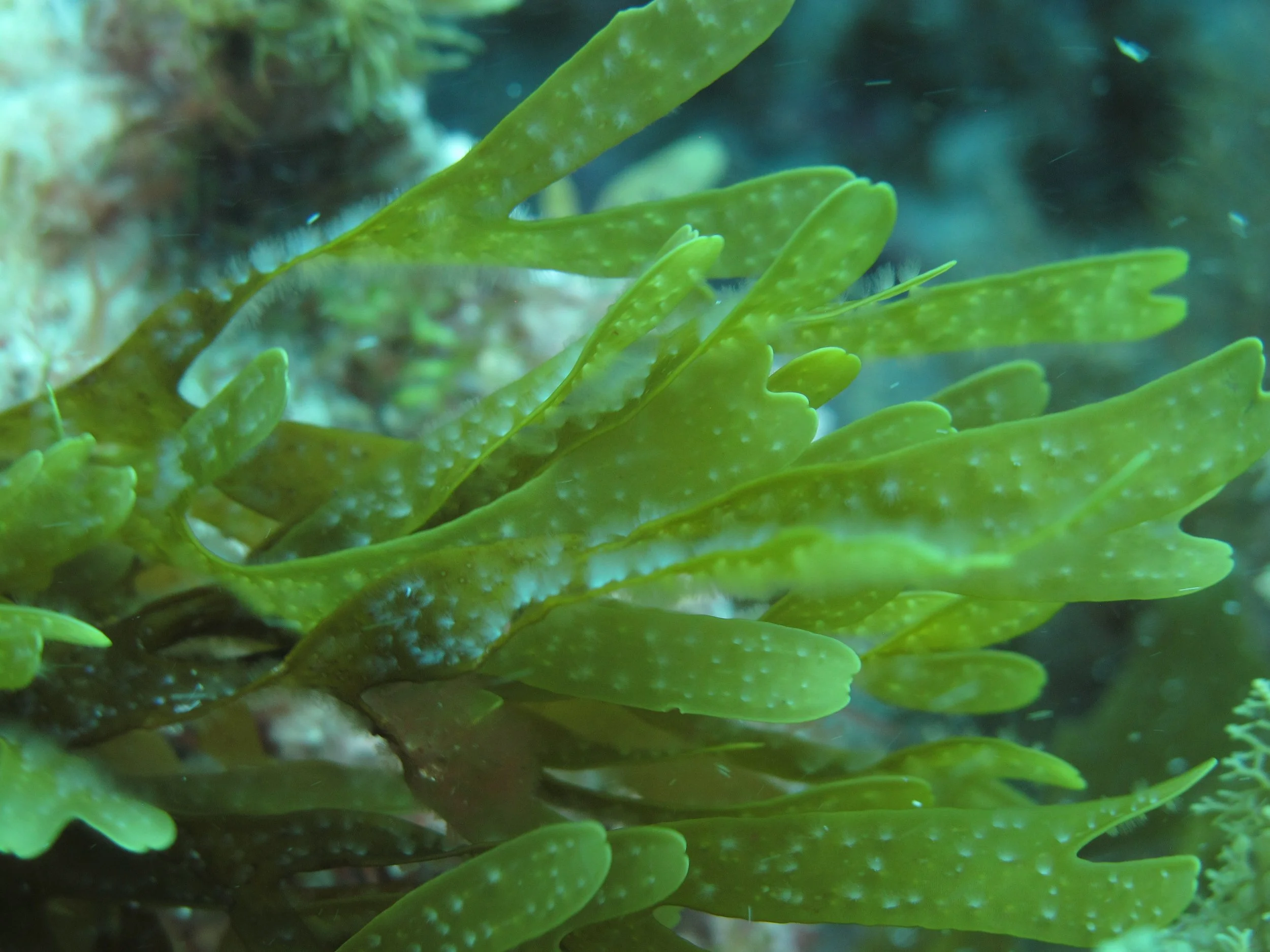As an infrastructural project, COBS has been built around five cross-linked teams.
Each task team is currently developing a position analysis to be circulated and discussed at the virtual annual meeting in mid-2021.
The revised analyses will then go to the advisory panel for feedback. The teams have the following goals and deliverables:
team one - identifying priorities
Bottom-up evaluation: formulate 10 key scientific questions on Changing Ocean Biological Systems.
Top-down evaluation: identity what the available solutions and constraints are [policy/innovation, discussions with UN Decade of Ocean Science, IMBeR,].
Provide recommendations on what science is needed to develop and implement these solutions.
Team TWO - Promoting action
Engage all stakeholders.
Teaching and promotion of best practices in multiple driver experimental designs with training sessions and tools.
Increase engagement with researchers from developing countries and recruit more advocates for these educational tools.
Team three - Model evaluation
Scrutinizing model projections & parameterisations – are they fit for purpose in the context of COBS?
Develop workshops within the modelling communities.
Team four - From observations to biological thresholds
To expand suites of observations to provide a biological context.
Use GOA-ON (Global Ocean Acidification Ocean Network) as a test bed for developing and testing new tools (such as seawater omega sensors).
Team 5. Mechanistic understanding
Improve mechanistic understanding of multiple driver research.
Shift this understanding beyond two drivers, exploring compound extremes as test beds for better conceptual understanding.

